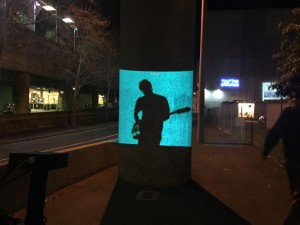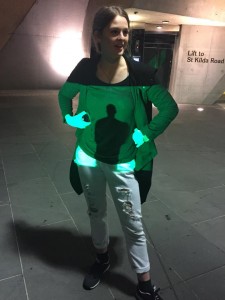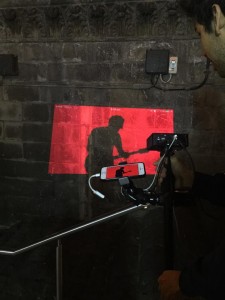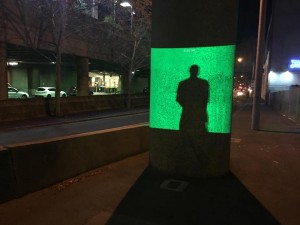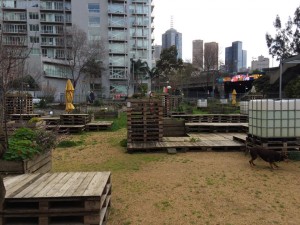In a city that is over-populated with shops, restaurants, offices, and schools for society to socialise, eat and live within, there are limited parks for these destinations. Car parks are essentially a “place” to leave your car to go to your real “place”, and therefore sparks the question is a car park considered a place or non-place? “If a place can be defined as relational, historical and concerned with identity, then a space which cannot be defined as relational, or historical, or concerned with identity will be a non-place” Marc Auge (1995). Although a car park may contain history with customers, it doesn’t form a significant historical reference or a sense of identity and thus lies the question is a car park considered a place?
The reason we chose to photograph and film this inner city car park was due to the lack of maintenance. Places usually attain some form of respect and require hygiene and preservation. The car park was painted in dust and dirt, the graffiti and tagging from strangers is the main source of colour, as well as there were broken pipes, wires, glass, windows, and rat position on the floor. There is no value for this space, this four wall concreted public space, with faded paint and broken windows are employed as a seven levelled garage.
I aimed to construct my film with a sense of repetition as well as an exploration of non-place. I utilised three different audio clips of cars driving, electricity sparking and a car locking and played them on a loop. The structure of my film was set by displaying a few photographs followed by a short piece of footage to match the photographs of different areas of the car park. This was done to mimic the cycle of the public’s abuse of the car park, collect ticket, drive in, park, drive out, dispense ticket.
Another focus on my film was to question the meaning of the text on most of the walls, as across all levels of the spacious parking lot were plastic signs. The Government’s signage possessed titles such as “no parking”, “no standing”, “exit”, “no exit”, “no entry” and “entry” all over the walls. From a non-place perspective, the car park is never considered a place that you would stay. It is a pathway to where your real destination is, the arrows lead you in, and lead you straight back out again.
Marc Auge states in his Non Places – Introduction to an Anthropology of Supermodernity (1995), “the distinction between places and non-places derives from the opposition between place and space.” I strongly agree with this statement as it explores the importance of place and the insignificance of space. My definition of a place is somewhere that attains value, that’s respected and is of liveable conditions, a space is empty, only utilised when it is necessary, no one would choose to go to the car park unless they were to utilise it for it’s purpose, to park your car, or take it home, no one just wants to “hang out” at their local parking lot.
References:
- Auge, M 1995 “Non-Places – Introduction to an Anthropology of Supermodernity”, Verso, London and New York.
